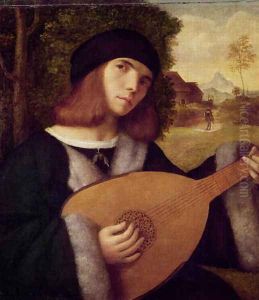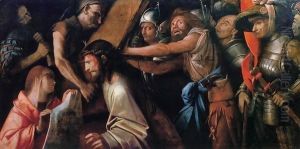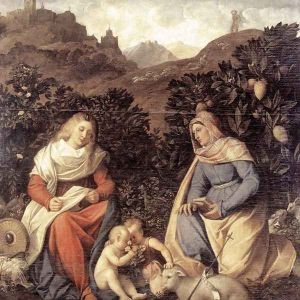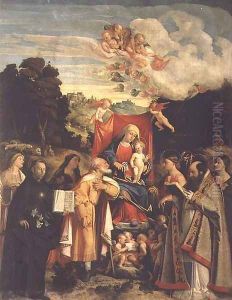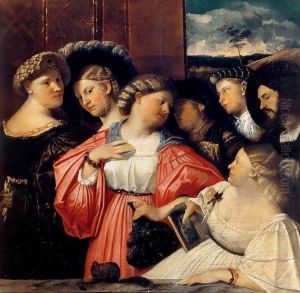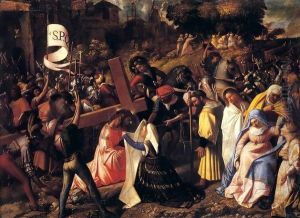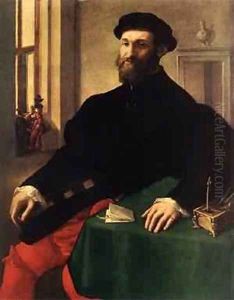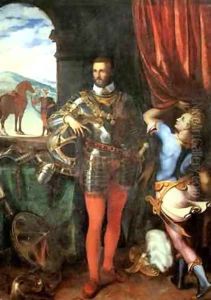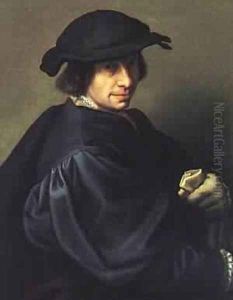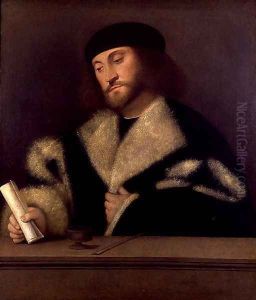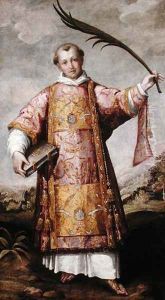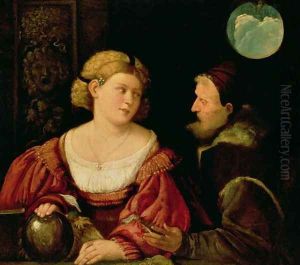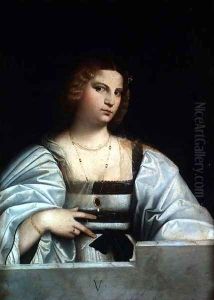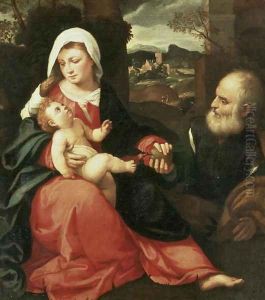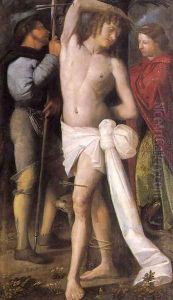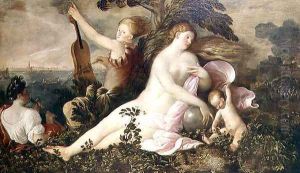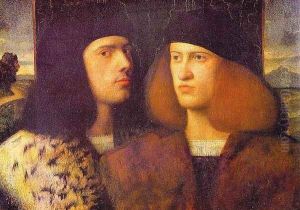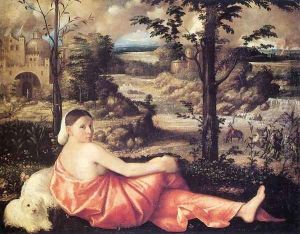Cariani Paintings
Cariani, also known as Giovanni Busi or Giovanni de' Busi, was an Italian painter of the High Renaissance, notable for his work in the Venetian school. Born in the small town of Fuipiano Valle Imagna, near Bergamo, around the late 1480s to early 1490s, Cariani's early life is largely undocumented. However, it is known that he moved to Venice at a young age, where he would spend the majority of his career and life.
In Venice, Cariani was influenced by the works of Giovanni Bellini and Giorgione, and later, by Titian. His style is characterized by its strong color, robust figures, and a preference for rural and pastoral scenes, often imbued with a sense of realism and emotional depth. Cariani's work bridges the transition from the Venetian Renaissance's early focus on delicate, idealized beauty to the more vibrant, dynamic approach of the High Renaissance.
Cariani is particularly noted for his portraits, which are celebrated for their vivid detail and psychological depth. Unlike many of his contemporaries, he often depicted his subjects with a striking realism, capturing not just their physical appearance but a sense of their inner life and character. In addition to portraits, he produced religious and mythological paintings, which demonstrate his ability to work with complex compositions and his skill in using color to evoke mood and atmosphere.
Despite his contributions to the Venetian school and the distinctive qualities of his work, Cariani has not received the same level of recognition as some of his contemporaries. This is partly due to the scarcity of documented works definitively attributed to him, as well as the overshadowing presence of more famous Venetian artists like Titian. Nonetheless, Cariani's paintings are held in high regard by art historians and collectors, and his best works are considered significant contributions to the Renaissance movement in Venice.
Cariani's career in Venice was punctuated by a return to Bergamo around 1517-1523, where he produced several important works, including altarpieces and portraits, before returning to Venice. His last documented work dates to 1547, the year of his presumed death. Throughout his life, Cariani remained closely tied to his Bergamese origins, often infusing his art with the landscapes and people of his native region. Today, Cariani's paintings can be found in major museums and collections around the world, testifying to his enduring appeal and the significant, though sometimes underappreciated, role he played in the development of Renaissance art.
